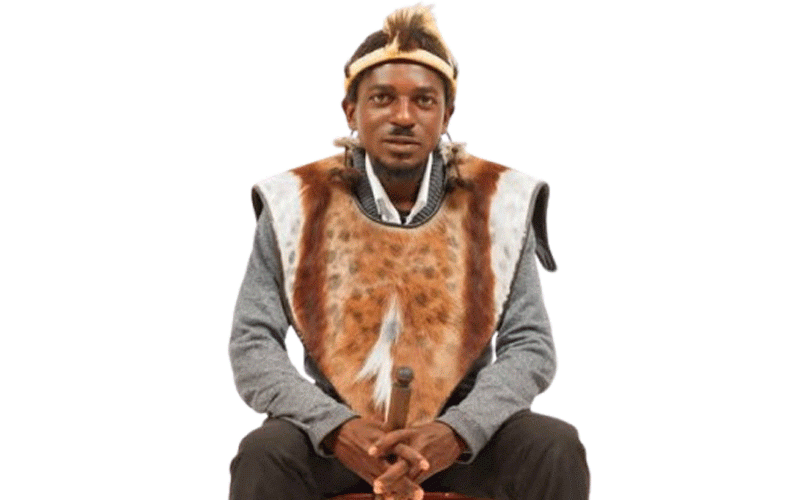
March 3 marked the World Wildlife Day, a day that was set aside by the United Nations to celebrate the world’s beautiful flora and fauna and the multitude of benefits that they provide to mankind. In Zimbabwe, however, the day is one that has over the years become synonymous with calls for the country to step up the fight against wildlife crime.
environment By Chipo Masara

While it has been evident for ages that Zimbabwe’s wildlife is not safe, it took the heinous 2013 cyanide poisoning that killed over 300 elephants to awaken the country to the reality that the country’s wildlife is under threat! More worrying is the fact that the crime took place in the confines of the Hwange National Park — the country’s biggest national park — when everyone had assumed the animals there were safe. The fact that the perpetrators actually set up camp inside the park as they carried out what qualified to be among the world’s worst “ecocides”, spoke volumes about the work (or lack thereof) the Zimbabwe Parks and Wildlife Authority (ZimParks) that is entrusted with the safety of the country’s wildlife is doing in regards to wildlife protection.
Before that crime was committed, ZimParks had on numerous occasions bemoaned lack of adequate resources to take on the poachers, who they said had become a menace as they kept devising devious ways of taking down the animals, undetected.
The poachers have been targeting mostly the rhinoceros for their horns and elephants for their tusks, believed to wind up at illegal ivory markets mostly in Asia.
So unsafe have the animals become that — according to one ranger at the wildlife reserve — poachers have since wiped out all rhinos from Hwange National Park.
But while poaching is undoubtedly the biggest and most dangerous threat the country’s wildlife faces today, it is certainly not the only problem. Habitat loss for the beautiful creatures is another. The haphazardly-executed land reform programme in 2000 did not just usher in the collapse of the country’s agricultural landscape as we knew it; it also brought in an alarming level of lawlessness in regards to land appropriation. Anyone aligned to the ruling party felt they now had the right to invade whichever land they saw fit, and some saw it fit to invade wildlife conservancies. A good example is of events that took place at the Save Conservancy, a wildlife sanctuary that had thrived for years but was invaded by rogue political elements several years ago. Orders for the invaders to leave the area were received with resistance by the latter. All the while, the longer the invaders stayed in the area, the more they changed the area’s setup and disrupted the animals’ peace.
The 2017 World Wildlife Day theme is Listen to the Young Voice, which signals that the fate of wildlife is now in the hands of future generations. This is a fitting theme as it calls on young people — the guardians of tomorrow — to take a stand to safeguard their future wealth. It is indeed about time that the Zimbabwean youth took it upon themselves to fight for the future they envision, paying cognisance of the fact that wildlife plays a significant role in maintaining the ecological equilibrium of nature.
- Chamisa under fire over US$120K donation
- Mavhunga puts DeMbare into Chibuku quarterfinals
- Pension funds bet on Cabora Bassa oilfields
- Councils defy govt fire tender directive
Keep Reading
It is the wildlife that makes Zimbabwe a unique travelling destination for foreign visitors, who bring their binoculars and cameras hoping to catch a glimpse of the magnificent creatures that most of them have only seen locked up at zoos in their own countries, or on the National Geographic television channels. In fact, wildlife is probably the main reason behind the many tourist visits to the country. One can then imagine the effect that the continued decimation of the country’s wildlife is bound to have on the tourism sector, and on the image of the country as a whole.
To ensure that Zimbabwe’s wildlife survives long enough for future generations to also enjoy it, there is need for young people to challenge the poaching, habitat loss and the corruption and intimidation that weakens law enforcement efforts.
The United Nations summed up the meaning of wildlife when it wrote: “Wildlife has an intrinsic value and contributes to the ecological, genetic, social, economic, scientific, educational, cultural, recreational, and aesthetic aspects of sustainable development and human well-being.”
Feedback: [email protected]











